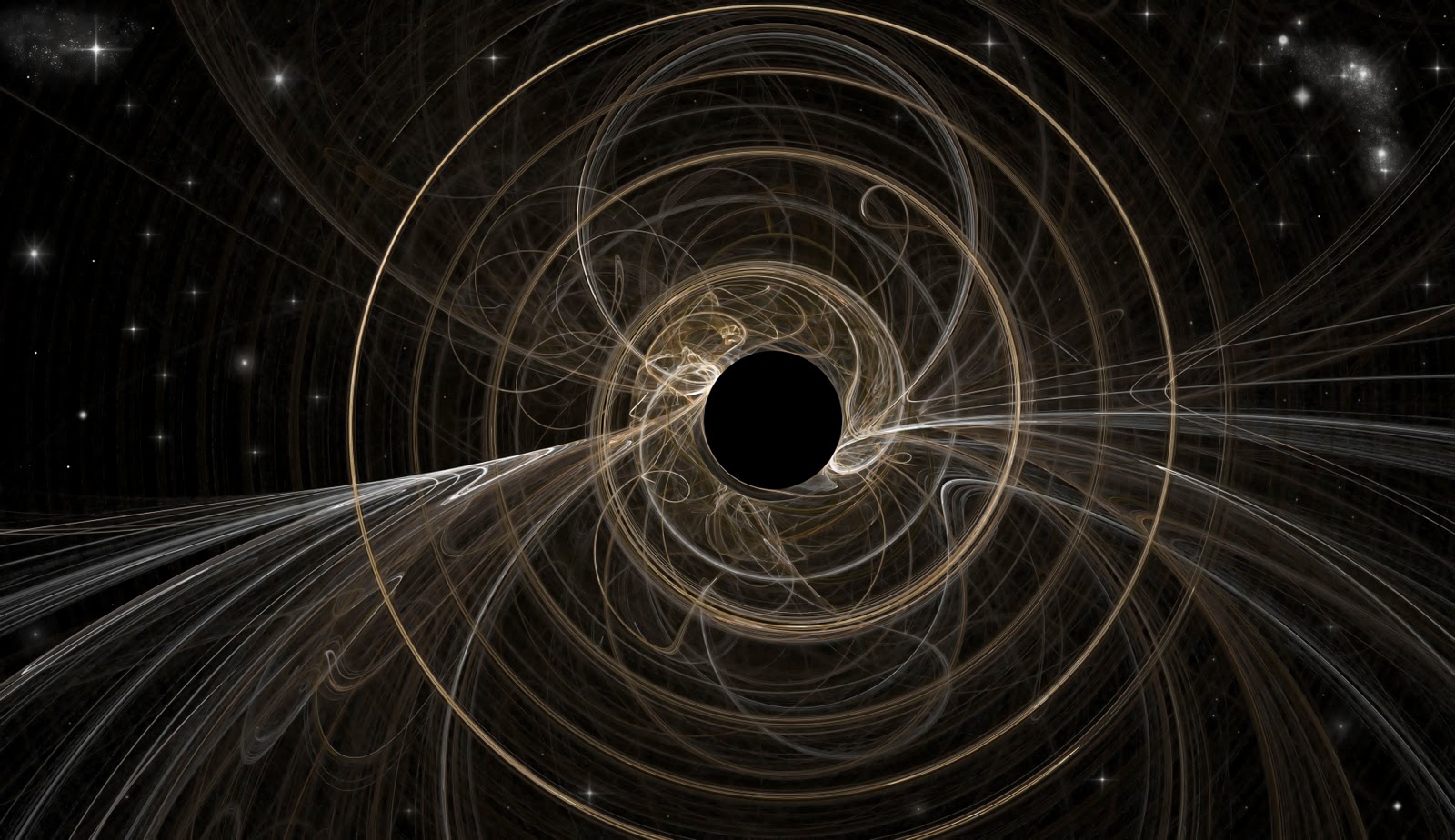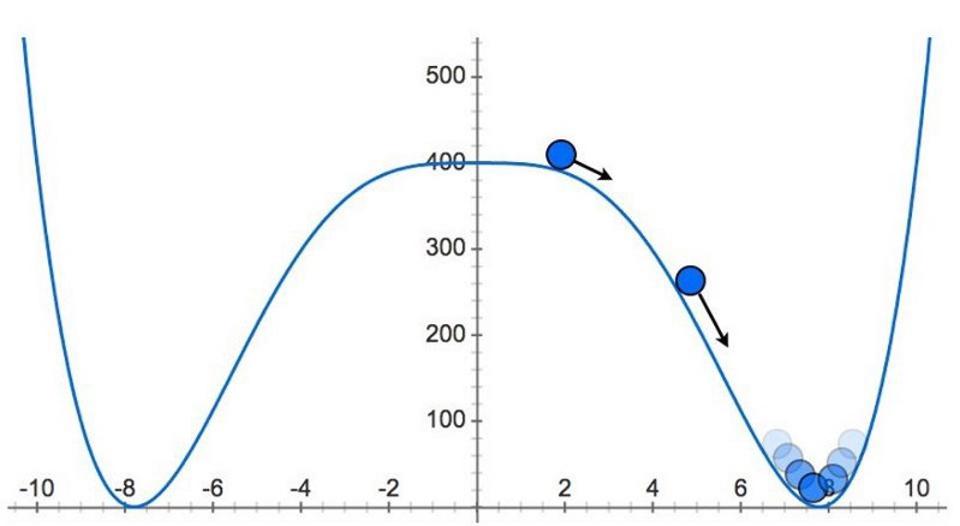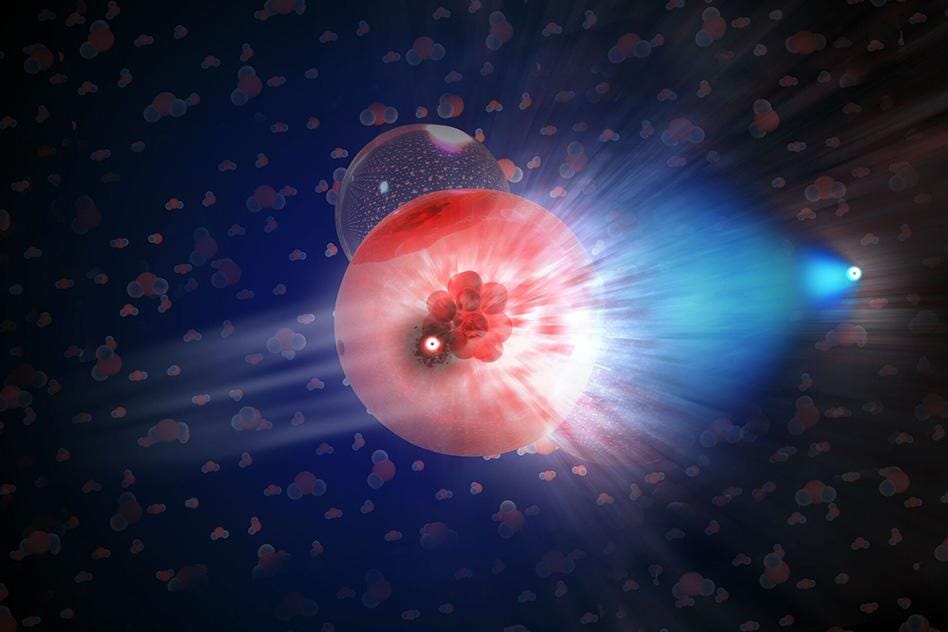No, particle physics on Earth won’t ever destroy the Universe

- Here on Earth, the Large Hadron Collider accelerates protons to 7 TeV of energy, just 3 m/s shy of the speed of light, before smashing them together and detecting what comes out.
- Before it was turned on in 2008, many were fearful of the consequences of exploring the unknown, including possibilities that we could create black holes or even destroy the Universe.
- But when it comes to the question of what actually goes on in the Universe we inhabit, nature has anything we’ve ever built, or plan to build, beat by a long shot. Here’s how we know the Universe is safe.
Anytime you reach deeper into the unknown than ever before, you should not only wonder about what you’re going to find, but also worry about what sort of demons you might unearth. In the realm of particle physics, that double-edged sword arises the farther we probe into the high-energy Universe. The better we can explore the previously inaccessible energy frontier, the better we can reveal the high-energy processes that shaped the Universe in its early stages.
Many of the mysteries of how our Universe began and evolved from the earliest times can be best investigated by this exact method: colliding particles at higher and higher energies. New particles and rare processes can be revealed through accelerator physics at or beyond the current energy frontiers, but this is not without risk. If we can reach energies that:
- reveal/demonstrate the ability to create more matter than antimatter (or vice versa),
- restore the inflationary state that preceded and set up our hot Big Bang,
- or push the Universe’s zero-point energy out of its “false minimum” state and into another state,
certain consequences — not all of which are desirable — could be in store for us all. And yet, just as was the case with the notion that “The LHC could create black holes that destroy the Earth,” we know that any experiment we perform on Earth won’t give rise to any dire consequences at all. The Universe is safe from any current or planned particle accelerators. This is how we know.

There are a few different approaches to making particle accelerators on Earth, with the biggest differences arising from the types of particles we’re choosing to collide and the energies we’re able to achieve when we’re colliding them. The options for which particles to collide are:
- electrons with positrons, which are optimal for creating “clean” signals where as much of the collision energy as possible gets transferred into the production of new particles (via E = mc2),
- electrons with protons, which is the best option for probing the internal structure of the quarks that exist inside of a proton,
- protons with anti-protons, which gives the highest-energy collisions but at the cost of both luminosity (the number of collisions per second, as anti-protons are difficult to make in great abundance) and the cleanliness of the signal (since protons and anti-protons are composite particles),
- protons with protons, which also give the highest-energy collisions but with greater luminosity and greater messes than protons with anti-protons,
- or composite, heavier nuclei with other heavy nuclei, which allow the creation of a quark-gluon plasma and enable us to study its properties.
In the future, it may be possible to collide muons with anti-muons, getting the best of both the electron-positron and the proton-antiproton world, but that technology isn’t quite there yet.

Regardless, the thing that poses the most “danger” to us is whatever’s up there at the highest energy-per-particle-collision that we get. On Earth, that record is held by the Large Hadron Collider, where the overwhelming majority of proton-proton collisions actually result in the gluons inside each proton colliding. When they smash together, because the proton’s total energy is split among its constituent particles, only a fraction of the total energy belongs to each gluon, so it takes a large number of collisions to find one where a large portion of that energy — say, 50% or more — belongs to the relevant, colliding gluons.
When that occurs, however, that’s when the most energy is available to either create new particles (via E = mc2) or to perform other actions that energy can perform. One of the ways we measure energies, in physics, is in terms of electron-volts (eV), or the amount of energy required to raise an electron at rest to an electric potential of one volt in relation to its surrounding. At the Large Hadron Collider, the current record-holder for laboratory energies on Earth, the most energetic particle-particle collision possible is 14 TeV, or 14,000,000,000,000 eV.

There are things we can worry will happen at these highest-of-energies, each with their own potential consequence for either Earth or even for the Universe as a whole. A non-exhaustive list includes:
- If we reach high-enough energies and there are certain types of extra dimensions, it may be possible to create minuscule black holes. Theoretically, they should decay via Hawking radiation on incredibly short timescales: shorter than the Planck time without extra dimensions, but potentially long enough for them to physically exist with them.
- If the matter-antimatter asymmetry arose due to a breaking of a certain cosmic symmetry at a higher energy, then restoring the symmetry could lead to that symmetry re-breaking in a different fashion. Rather than having matter “win out” over antimatter at about the 1-part-in-1-billion level, it could lose instead, or either win-or-lose by a different amount entirely.
- If the cosmic inflation that occurred prior to the Big Bang arose because certain high-energy conditions were met, then recreating those conditions could cause a restoration of the inflationary state. This would lead to the rapid, exponential expansion of space wherever it occurred, “pushing” our Universe away from it and leading to a new inflationary state.
- Or, given that the zero-point energy of empty space appears to be non-zero — as evidenced by the existence of dark energy — it’s possible that raising the Universe to high-enough energies could “kick” the energy of empty space out of this state and possibly send it into another, lower-energy state. This would create the same conditions as a vacuum decay catastrophe, which would create a “bubble of destruction” that destroyed all matter within it that expanded outward at the speed of light.

Although these scenarios are all “bad” in some sense, some are worse than others. The creation of a tiny black hole would lead to its immediate decay. If you didn’t want it to decay, you’d have to impose some sort of new symmetry (for which there is neither evidence nor motivation) to prevent its decay, and even then, you’d just have a tiny-mass black hole that behaved similarly to a new, massive, uncharged particle. The “worst” it could do is begin absorbing the matter particles it collided with, and then “sink” to the center of whatever gravitational object it was a part of. Even if you made it on Earth, it would take trillions of years to absorb enough matter to rise to a mass of 1 kg; it’s not threatening at all.
The restoration of whatever symmetry was in place before the Universe’s matter-antimatter symmetry arose is also interesting, because it could lead to the destruction of matter and the creation of antimatter in its place. As we all know, matter and antimatter annihilate upon contact, which creates “bad news” for any matter that exists close to this point. Fortunately, however, the absolute energy of any particle-particle collision is tiny, corresponding to tiny fractions of a microgram in terms of mass. Even if we created a net amount antimatter from such a collision, it would only be capable of destroying a small amount of matter, and the Universe would be fine overall.

But if we instead were able to recreate the conditions under which inflation occurred, things would be far worse. If it happened out in space somewhere, we’d create — in just a tiny fraction of a second — the greatest cosmic void we could imagine. Whereas today, there’s only a tiny amount of energy inherent to the fabric of empty space, something on the order of the rest-mass-energy of only a few protons per cubic meter, during inflation, it was more like a googol protons (10100) per cubic meter.
If we could achieve those same energy densities anywhere in space, they could potentially restore the inflationary state, and that would lead to the same Universe-emptying exponential expansion that occurred more than 13.8 billion years ago. It wouldn’t destroy anything in our Universe, but it would lead to an exponential, rapid, relentless expansion of space in the region where those conditions occur again.
That expansion would “push” the space that our Universe occupies outward, in all three dimensions, as it expands, creating a large cosmic bubble of emptiness that would lead to unmistakable signatures that such an event had occurred. It clearly has not, at least, not yet, but in theory, this is possible.

And finally, the Universe today exists in a state where the quantum vacuum — the zero-point energy of empty space — is non-zero. This is inextricably, although we don’t know how to perform the calculation that underlies it, linked to the fundamental physical fields and couplings and interactions that govern our Universe: the physical laws of nature. At some level, the quantum fluctuations in those fields that cannot be extricated from space itself, including the fields that govern all of the fundamental forces, dictate what the energy of empty space itself is.
But it’s possible that this isn’t the only configuration for the quantum vacuum; it’s plausible that other energy states exist. Whether they’re higher or lower doesn’t matter; whether our vacuum state is the lowest-possible one (i.e., the “true” vacuum) or whether another is lower doesn’t matter either. What matters is whether there are any other minima — any other stable configurations — that the Universe could possibly exist in. If there are, then reaching high-enough energies could “kick” the vacuum state in a particular region of space into a different configuration, where we’d then have at least one of:
- different laws of physics,
- a different set of quantum interactions, or
- a different set of fundamental constants.
Any of these would, if it was a more-stable configuration than the one that our Universe currently occupies, cause that new vacuum state to expand at the speed of light, destroying all of the bound states in its path, down to atomic nuclei themselves. This catastrophe, over time, would destroy billions of light-years worth of cosmic structure; if it happened within about 18 billion light-years of Earth, that would eventually include us, too.

There are tremendous uncertainties connected to these events. Quantum black holes could be just out of reach of our current energy frontier. It’s possible that the matter-antimatter asymmetry was only generated during electroweak symmetry breaking, potentially putting it within current collider reach. Inflation must have occurred at higher energies than we’ve ever reached, as do the processes that determine the quantum vacuum, but we don’t know how low those energies could have been. We only know, from observations, that such an event hasn’t yet happened within our observable Universe.
But, despite all of this, we don’t have to worry about any of our particle accelerators — past, present, or even into the far future — causing any of these catastrophes here on Earth. The reason is simple: the Universe itself is filled with natural particle accelerators that are far, far more powerful than anything we’ve ever built or even proposed here on Earth. From collapsed stellar objects that spin rapidly, such as white dwarfs, neutron stars, and black holes, very strong electric and magnetic fields can be generated by charged, moving matter under extreme conditions. It’s suspected that these are the sources of the highest-energy particles we’ve ever seen: the ultra-high-energy cosmic rays, which have been observed to achieve energies many millions of times greater than any accelerator on Earth ever has.

Whereas we’ve reached up above the ten TeV threshold for accelerators on Earth, or 1013 eV in scientific notation, the Universe routinely creates cosmic rays that rise up above the 1020 eV threshold, with the record set more than 30 years ago by an event known, appropriately, as the Oh-My-God particle. Even though the highest energy cosmic rays are thought to be heavy atomic nuclei, like iron, rather than individual protons, that still means that when two of them collide with one another — a near-certainty within our Universe given the vastness of space, the fact that galaxies were closer together in the past, and the long lifetime of the Universe — there are many events producing center-of-mass collision energies in excess of 1018 or even 1019 eV.
- None of them have ever restored the inflationary potential.
- None of them have ever caused the Universe to transition into a more stable vacuum state.
- And none of them have ever changed the laws or constants of physics in a way that has persisted to the present day.
This tells us that any catastrophic, cosmic effect that we could worry about is already tightly constrained by the physics of what has happened over the cosmic history of the Universe up until the present day.

None of the cosmic catastrophes that we can imagine have occurred, and that means two things. The first thing is that we can place likely lower limits on where certain various cosmic transitions occurred. The inflationary state hasn’t been restored anywhere in our Universe, and that places a lower limit on the energy scale of inflation of no less than ~1019 eV. This is about a factor of 100,000 lower, perhaps, than where we anticipate inflation occurred: a reassuring consistency. It also teaches us that it’s very hard to “kick” the zero-point energy of the Universe into a different configuration, giving us confidence in the stability of the quantum vacuum and disfavoring the vacuum decay catastrophe scenario.
But it also means we can continue to explore the Universe with confidence in our safety. Based on how “safe” the Universe has already shown itself to be, we can confidently conclude that no such catastrophes will arise up to the combined energy-and-collision-total threshold that has already taken place within our observable Universe. Only if we begin to collide particles at energies around 1020 eV or greater — a factor of 10 million greater than the present energy frontier — will we need to begin to worry about such events. That would require an accelerator significantly larger than the entire planet, and therefore, we can reach the conclusion promised in the article’s title: no, particle physics on Earth won’t ever destroy the Universe.





